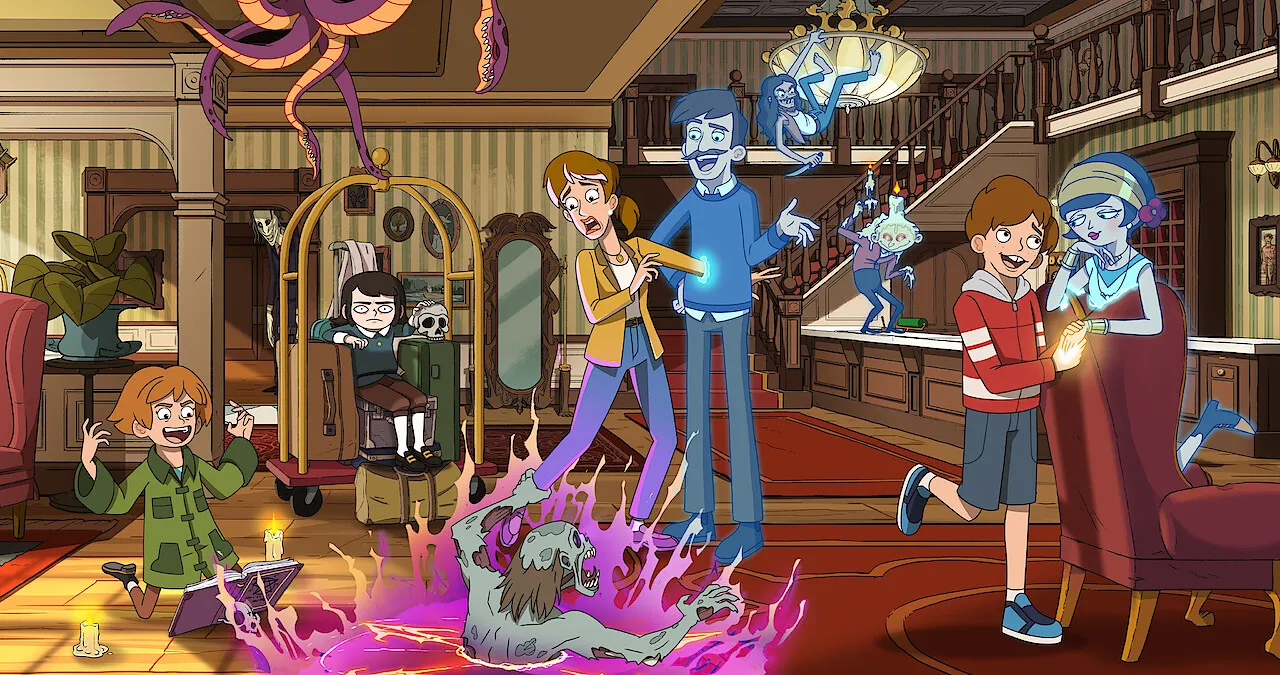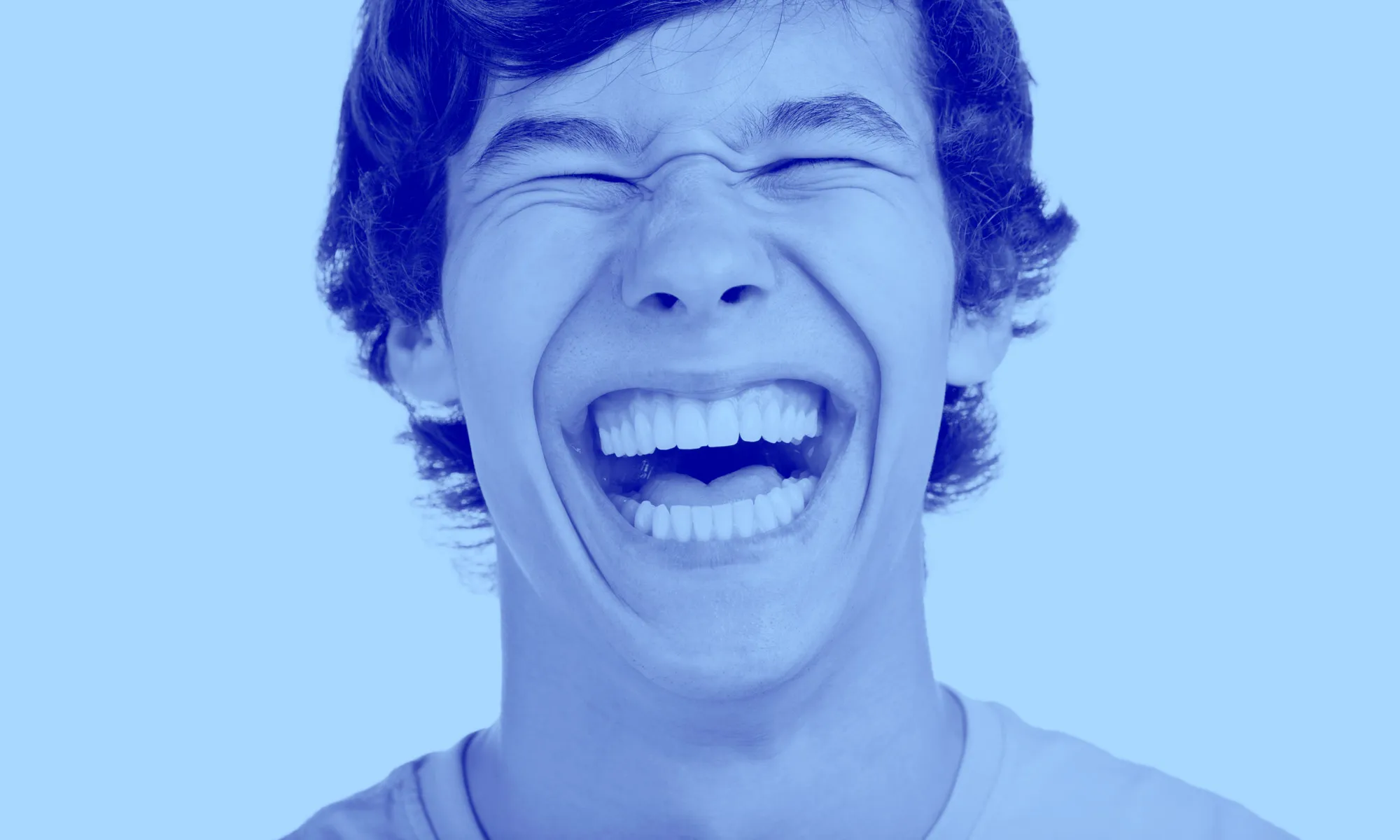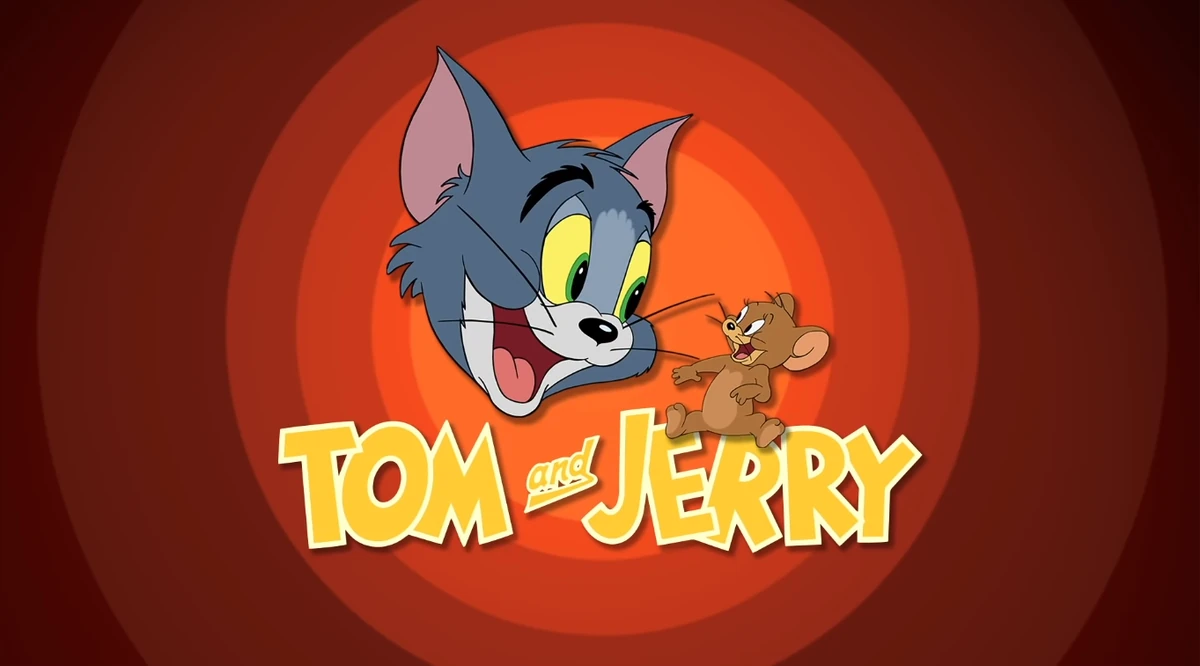The Psychology Behind Stand-Up Comedy: Why Do We Laugh at Jokes?
Laughter is universal — from a baby’s first giggle to a stadium roaring during a stand-up show. But have you ever stopped to wonder why we laugh? What is it about a good joke that triggers joy? In this blog, we explore the fascinating psychology behind stand-up comedy, and why it has become such a powerful tool for connection, entertainment, and even healing.
🧠 What Happens in the Brain When We Laugh?
When we laugh, our brain releases dopamine, also known as the "feel-good chemical." It’s the same chemical that gets released when we eat something tasty or achieve a goal. Laughter also reduces the level of cortisol, the stress hormone, making us feel more relaxed.
Scientists have found that laughter activates multiple regions in the brain — the prefrontal cortex (used for decision-making), the amygdala (emotions), and even the motor cortex (movement and reaction). That’s why a good stand-up act doesn’t just entertain — it makes you feel lighter, sharper, and even connected to the comedian and the audience.
😆 Why Do We Find Jokes Funny?
There are several psychological theories that explain humor. Here are the most important ones:
1. Incongruity Theory
We laugh when there’s a mismatch between what we expect and what actually happens. For example:
“I told my wife she should embrace her mistakes… She hugged me.”
The twist creates surprise, and surprise makes us laugh.
2. Superiority Theory
We laugh when we feel slightly superior — like in roast comedy or sarcasm. This explains why we laugh at characters making silly mistakes or when a comic pokes fun at everyday struggles.
3. Relief Theory
Sigmund Freud believed laughter is a way to release pent-up stress or social tension. That’s why jokes about taboo topics or awkward situations often get big laughs — they allow people to relax in a socially acceptable way.
🎤 How Stand-Up Comedy Uses These Tricks
Great stand-up comedians — from Anubhav Singh Bassi to Zakir Khan, Abhishek Upmanyu, and Vipul Goyal — often use all these principles without even thinking about it.
They:
Set up a situation that feels familiar (like school, Indian parents, dating, office life).
Build tension with pauses or expressions.
Deliver a punchline that twists the story, making you laugh.
Their timing, body language, tone, and relatability make the joke hit harder. The best comics turn their personal pain, awkwardness, and observations into shared joy.
❤️ Why Do We Need Laughter?
In today’s stressful world, laughter acts like therapy.
It improves mood and helps fight anxiety and depression.
It increases social bonding — laughing together builds trust.
It enhances creativity by relaxing the brain and allowing free-flowing thoughts.
It improves focus — especially after a good laugh, your mind resets.
That’s why comedy content — whether it’s a short HahaStream clip, a live show, or a podcast — has become an everyday part of life for millions.
📱 Why Digital Comedy (Like HahaStream) Works So Well
Apps like HahaStream offer instant access to comedy in bite-sized formats. Short videos, stand-up clips, sketches, and cartoons fit perfectly into the modern lifestyle — quick to watch, easy to share, and guaranteed to lift your mood.
And because laughter is contagious, it spreads fast. One funny video sent to a friend leads to ten more shares, making humor one of the most viral types of content online.
Final Thoughts
Stand-up comedy isn’t just about jokes — it’s rooted in deep psychology. It taps into how we think, feel, and connect. Whether it’s Bassi talking about school life or Upmanyu narrating awkward family moments, great comedy reminds us we’re all in this together — laughing through the chaos.
So next time you laugh at a joke, know that your brain just had a workout… and your soul probably smiled too.






